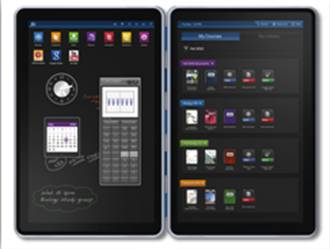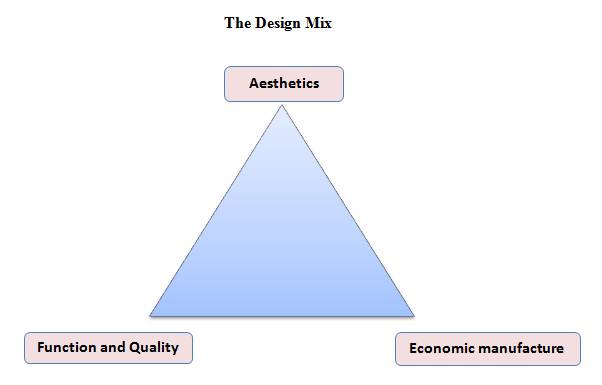New product design and development
 With rapid changes in customer tastes, fashions, social attitudes, technology and competition, a firm cannot rely on its existing products to maintain revenues and profits. To expand (or possibly even stand still) firms must develop and successfully launch streams of new products.
With rapid changes in customer tastes, fashions, social attitudes, technology and competition, a firm cannot rely on its existing products to maintain revenues and profits. To expand (or possibly even stand still) firms must develop and successfully launch streams of new products.
Customers expect new and improved products and will quickly change their loyalties if their needs and wants are not met by the firm.
The term 'new product' refers to:
- A new and innovative product different to anything else currently sold on the market
- A significant upgrade of an existing product containing new features
- A product 'perceived' to be different by customers
Ultimately 'product' is the most important element of the marketing mix. A firm can have exceptionally slick marketing techniques or very low prices, but if customers do not want its products, the firm will fail!

Our plan is to lead the public with new products rather than ask them what kind of products they want. The public does not know what is possible, but we do.
Akio Morita, co-founder of Sony Corporation
Product Design
The power of design must not be underestimated. The tough economic climate has forced all firms to re-evaluate their marketing and examine methods to differentiate their products from their competitors. Design plays a crucial role in sales and there are copious examples of improved sales redesigns of products and/or packaging which lead to increased sales and growth in market share.
Design does not just include appearance or aesthetic appeal. Customers also look for functions, quality, reliability and performance; all of which are inherent in the design. There is always a balance to be made between the beauty of a product and its functions and the need to produce it profitability. Car shows are renowned for their stunning prototypes - but these designs rarely survive the market and economic analysis that takes place before full scale manufacture and market launch. Companies wish to fill a gap in the market with products that customers demand, but ones that will be profitable.

For Gucci, its USP is as a fashion icon, where beauty and aesthetic appeal is paramount. Customers are willing to pay a high price for exclusivity and expensive materials. A Mercedes car is certainly not focused on economic manufacturing, and customers pay for its features and quality, although the brand is also renowned for its attractive and expensive styling. An own brand beer sold in a supermarket has the key selling point of value for money, made possible by mass production.

Place the following products and brands on a design mix diagram.
- A Rolex watch
- A Ferrari sports car
- Kellogg's cornflakes
- A Dell computer
- A Burberry Raincoat
- An XBox
- An iPad
- A Magnum ice cream